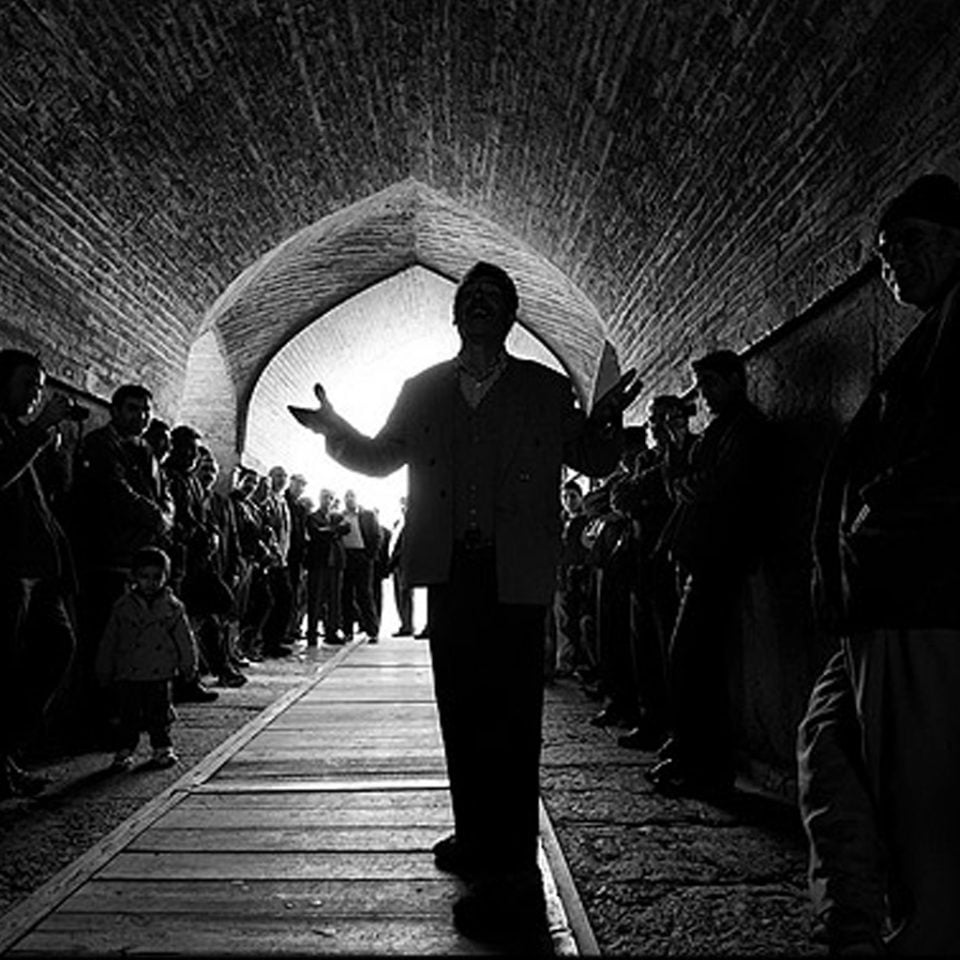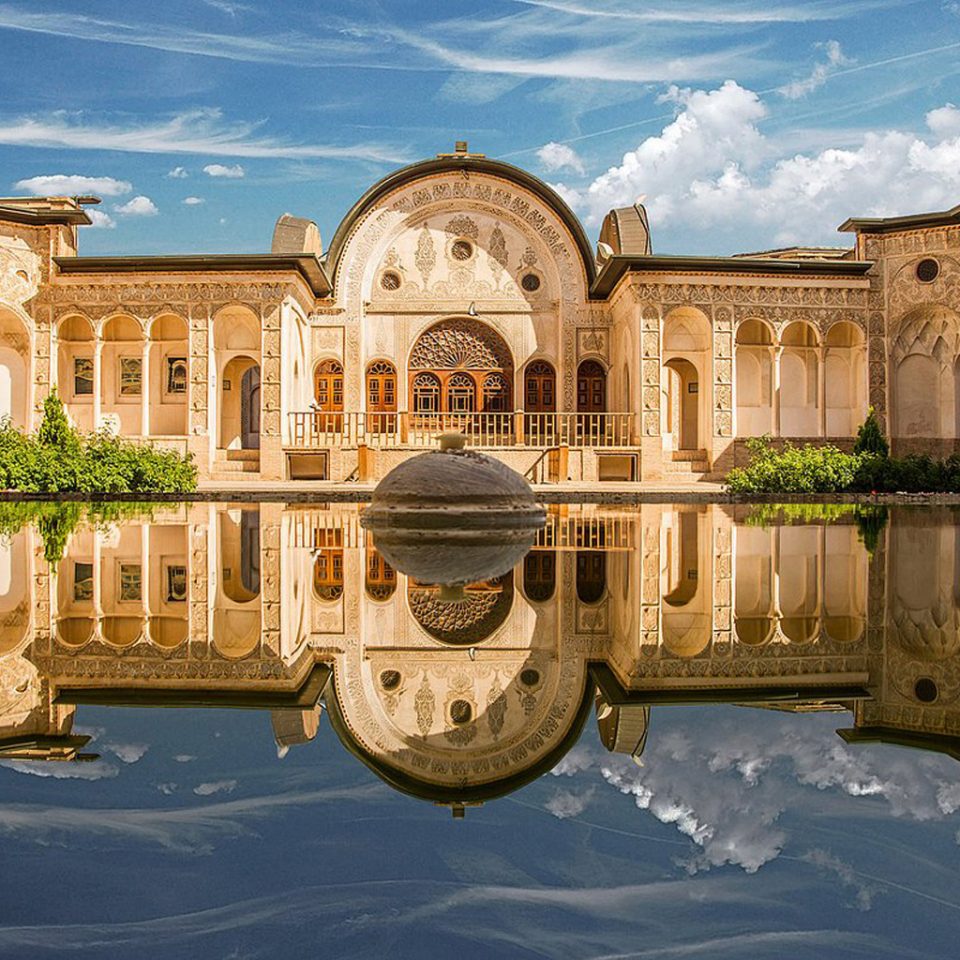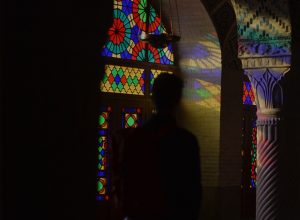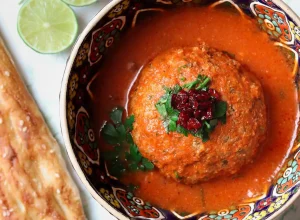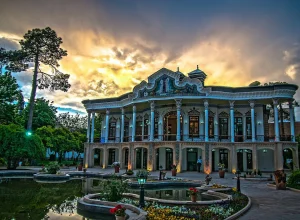Isfahan, the cultural capital of Iran, is renowned for its stunning architecture and rich history. One of the city’s most iconic landmarks is the Khaju Bridge, a historic bridge that spans the Zayandeh River and serves as a hub for local culture and entertainment. In addition to its breathtaking beauty, the bridge is also famous for its musical heritage, with locals and tourists alike flocking to the site to enjoy live music and performances under the stars. In this post, we’ll take a closer look at the history and significance of the Khaju Bridge and explore the rich musical traditions that continue to thrive beneath its arches.
Table of Content
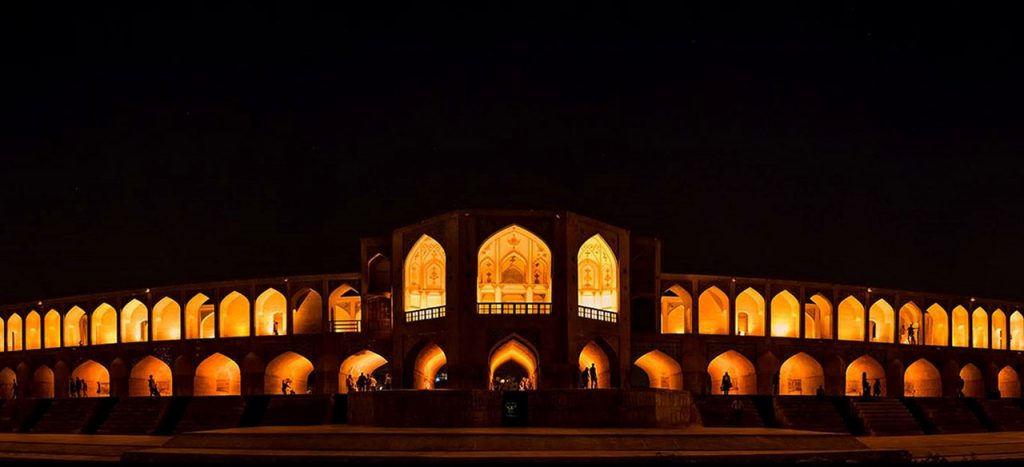
History of Signing under bridges
Singing under bridges has been a tradition for centuries in many parts of the world, and it holds significant cultural and historical value. In particular, singing under bridges has a long history in Iran, dating back to the Safavid era in the 16th century.
During the Safavid dynasty, the construction of magnificent bridges in major cities such as Isfahan became widespread. These bridges were not just structures for transportation but also became social and cultural centers for people to gather and engage in various activities. Among these activities was singing, which quickly became popular, especially under the famous Khaju Bridge in Isfahan.
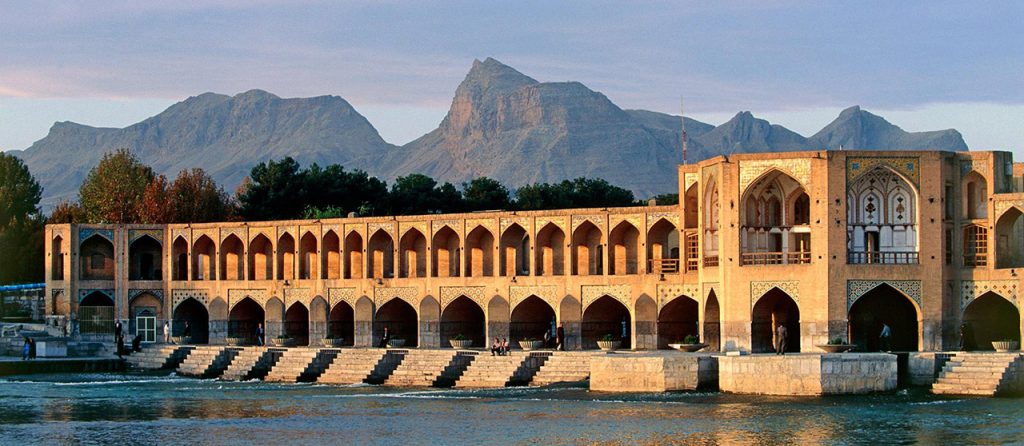
Singers would gather under the arches of the bridge, using its natural acoustics to amplify their voices and create a unique sound. The bridge’s architectural design was instrumental in creating this unique acoustic experience. Its arches were built in such a way that they would reflect sound waves, resulting in a natural amplification of the singer’s voice. This unique feature made the Khaju Bridge a popular destination for singers and music lovers alike.
In addition to the Khaju Bridge, there are several other bridges in Iran where singing has been a long-standing tradition. One of these is the Pol-e Sio Seh bridge in Isfahan, which also has impressive acoustics. Singers would gather under the arches and perform traditional Iranian songs, creating a mesmerizing experience for those listening.
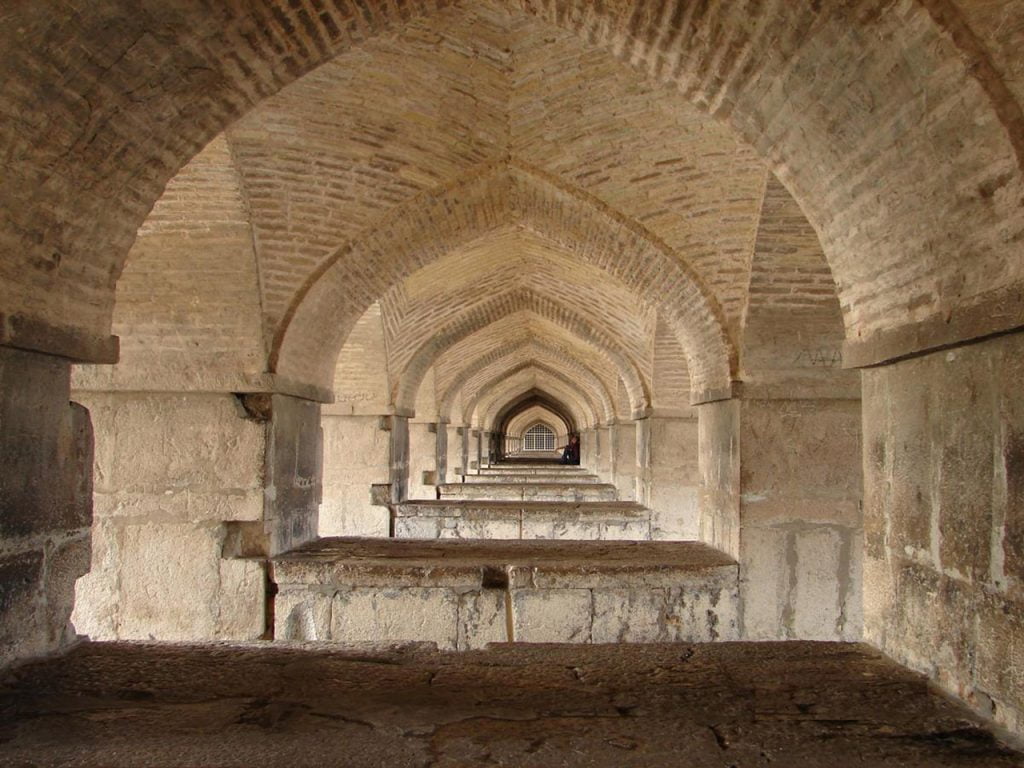
Singing under bridges in Iran was not just a form of entertainment but also served as a means of expression for people during challenging times. For example, during the Iranian Revolution in 1979, singing under bridges became a way for people to express their resistance and dissatisfaction with the regime. Even today, the tradition of singing under bridges in Iran continues, and it remains an important part of the country’s cultural heritage.
In conclusion, the tradition of singing under bridges in Iran is a unique and significant part of the country’s cultural heritage. It dates back centuries and has served as a means of expression and entertainment for generations. The Khaju Bridge and other bridges in Iran continue to be popular destinations for singers and music lovers, and they serve as a reminder of the importance of preserving cultural traditions.
History of Isfahan city
Isfahan is a city located in central Iran, with a rich history dating back over 2,500 years. It is one of the oldest cities in Iran and has played an important role in Iranian history and culture.
The city was originally founded by the Achaemenid dynasty in the 6th century BC, and it was later conquered by Alexander the Great. It continued to flourish during the Parthian and Sassanian eras, becoming an important center of commerce and culture in the region.
In the 7th century AD, the city was captured by Arab forces and became part of the Islamic empire. It continued to prosper under the rule of the Abbasid caliphate and later the Seljuk and Mongol empires. During this time, Isfahan became a center of Islamic art, culture, and scholarship, attracting many artists, writers, and scholars to the city.

In the 16th century, Isfahan became the capital of the Safavid dynasty, which ruled over Iran from 1501 to 1722. During this time, the city underwent a major transformation, with many beautiful buildings and public spaces constructed, including the Imam Mosque, Ali Qapu Palace, and Naqsh-e Jahan Square.
Isfahan continued to be an important city during the Qajar dynasty in the 19th century and played a key role in Iran’s modernization efforts. It was also an important center of resistance during the Iranian Constitutional Revolution of 1905-1911.
Today, Isfahan remains an important cultural and commercial center in Iran and is known for its beautiful architecture, gardens, and historic sites. It attracts many visitors from around the world who come to experience its rich history and culture.
History of The Khaju Bridge
The Khaju Bridge was built in the mid-17th century during the reign of Shah Abbas II, a powerful Safavid ruler who oversaw a period of great cultural and architectural development in Isfahan. The bridge was designed to serve both practical and symbolic purposes, providing a vital transportation link across the river while also serving as a gathering place for local merchants and residents.
At 133 meters long and 12 meters wide, the Khaju Bridge is an impressive feat of engineering and design. Its 23 arches span the river and provide a stunning backdrop for the many cultural and entertainment events that take place beneath them. The bridge is also known for its intricate tile work and decorative carvings, which feature traditional Persian motifs and designs.
Musical Traditions Under the Bridge
For centuries, the Khaju Bridge has been a hub for music and cultural expression in Isfahan. Local musicians and performers would gather beneath its arches to sing and play instruments, with the acoustics of the bridge amplifying their voices and creating a unique and enchanting sound. Over time, this musical tradition has evolved into a thriving cultural scene, with musicians and performers from all over Iran coming to Isfahan to showcase their talents beneath the Khaju Bridge.
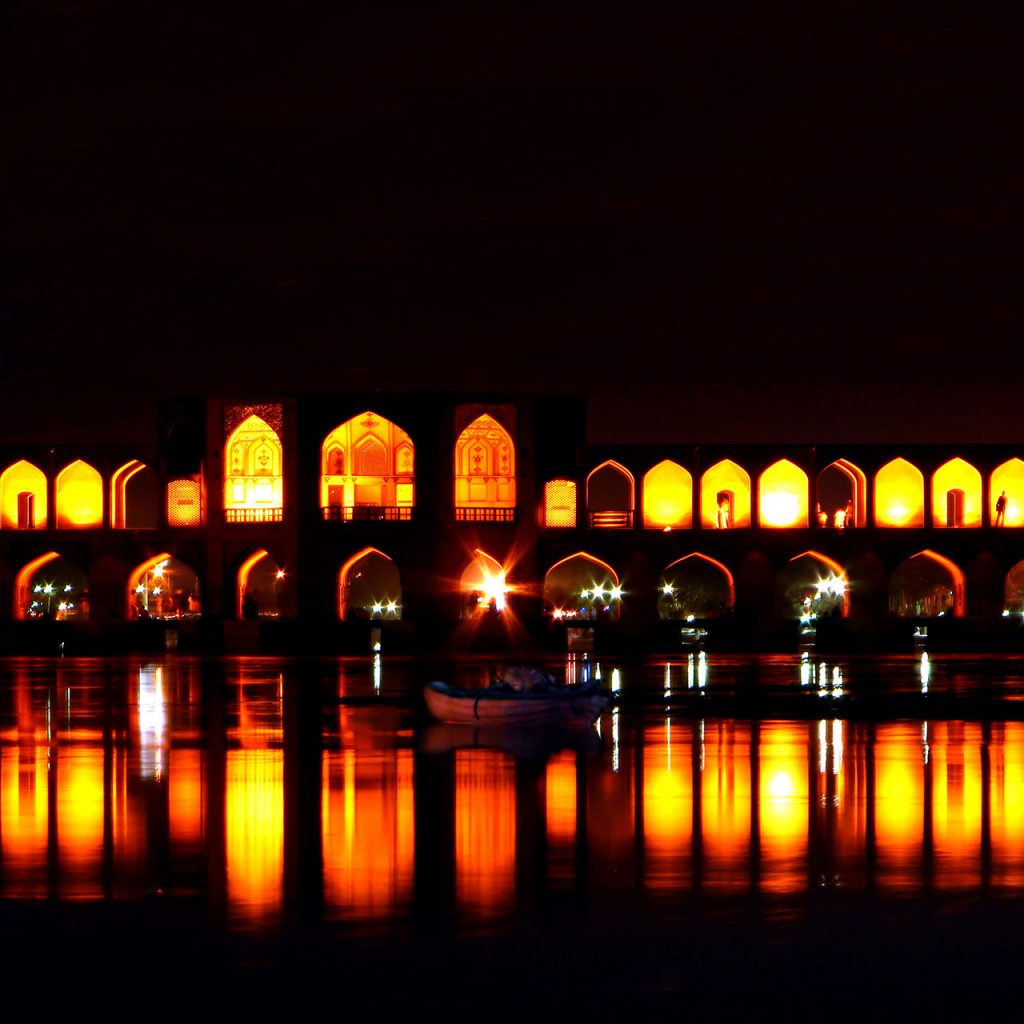
Today, visitors to the bridge can enjoy a wide variety of musical performances and cultural events, from traditional Iranian folk music and dance to more contemporary styles and genres. Local musicians often set up beneath the arches to play their instruments and sing, with crowds of locals and tourists gathering to watch and listen. During the annual Iranian New Year celebrations, the bridge is particularly lively, with colorful decorations and festive music filling the air.
Exploring Isfahan’s Cultural Scene
In addition to its musical heritage, Isfahan is home to a wealth of other cultural and artistic attractions. The city’s historic bazaars, such as the bustling Naqsh-e Jahan Square, are filled with shops and stalls selling traditional Persian handicrafts and souvenirs. Visitors can also explore the city’s many beautiful mosques and palaces, such as the stunning Sheikh Lotfollah Mosque and the magnificent Ali Qapu Palace.
For those interested in the performing arts, Isfahan is home to a number of theaters and performance spaces, including the iconic City Theater Complex. Here, visitors can enjoy a wide range of theatrical productions, from traditional Iranian plays and musicals to more experimental and avant-garde performances.
Our Recent Youtube Video
Conclusion
In conclusion, singing under the Khajoo Bridge is a unique and enchanting part of Isfahan’s vibrant music culture. It’s a tradition that brings people together, celebrates Iranian heritage, and showcases the beauty and complexity of Iranian music. If you ever find yourself in Isfahan, be sure to take a stroll under the Khajoo Bridge and experience this magical musical tradition for yourself.
Isfahan’s Khaju Bridge is a unique and magical place, steeped in history and musical tradition. Whether you’re a music lover, a cultural enthusiast, or simply a traveler looking for an unforgettable experience, a visit to the bridge is a must. So why not plan your trip today and discover the enchanting sights and sounds of this beautiful Iranian landmark for yourself?
